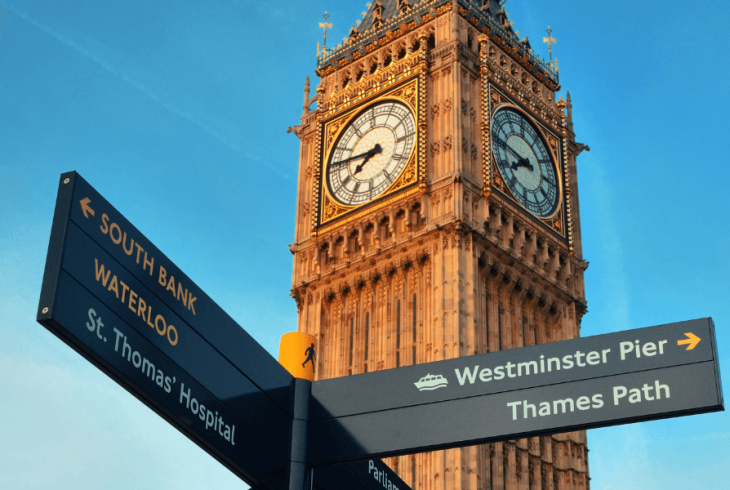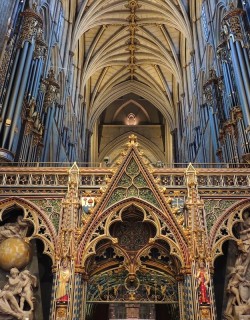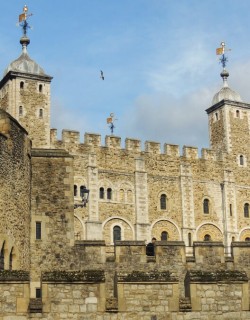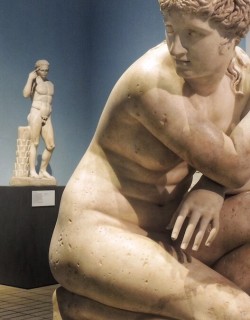The City of Westminster is the political, cultural and geographical heart of London. home to many of the city’s most important institutions and landmarks including the Houses of Parliament, Buckingham Palace, Tate Britain, St. James’ Park and much more, it’s a sure bet that you’ll spend time wandering around wonderful Westminster when in London. The quarter owes its name to the splendid abbey church at its heart, the royal peculiar (that is, subject to the direct jurisdiction of the monarch) of St. Peter’s, known to all and sundry as Westminster, thanks to its location to the west of the City of London, since the Middle Ages. Discover what you need to see in London's city within a city!
1. Westminster Abbey
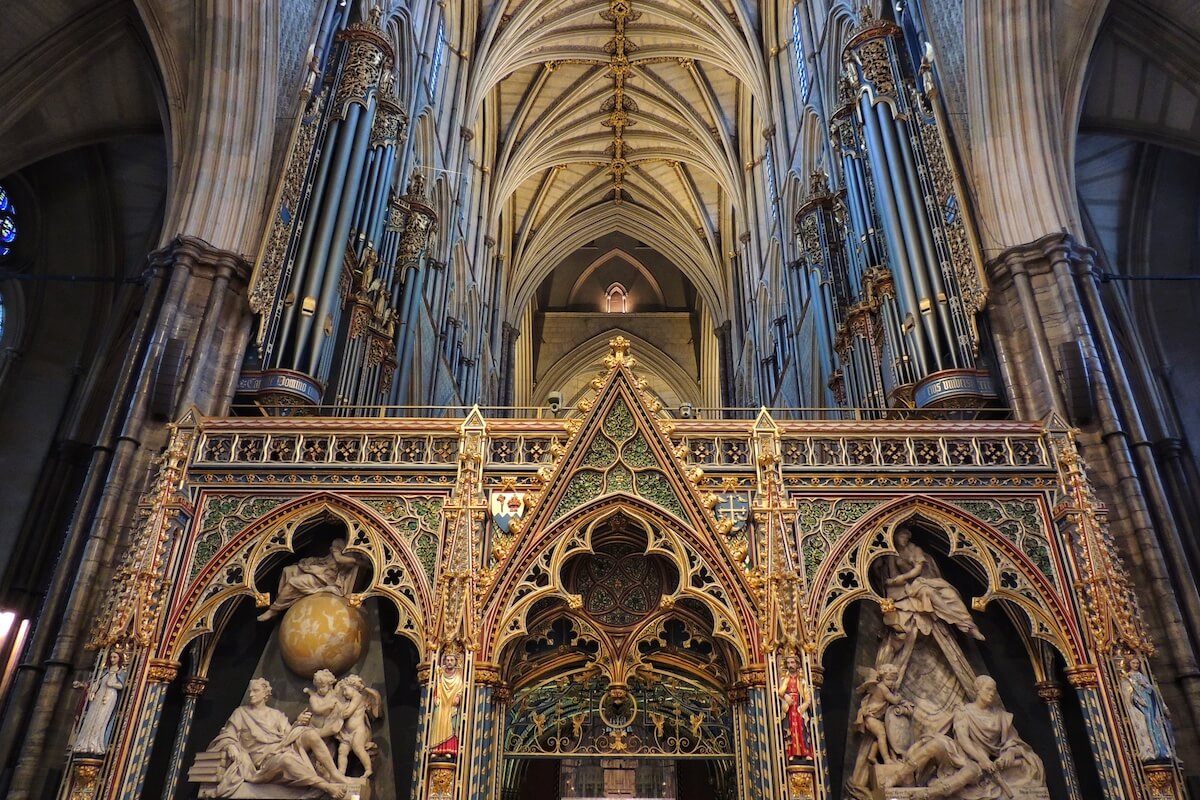
Justifiably the main draw card for visitors in Westminster, Westminster Abbey is one of the world’s most spectacular Gothic churches. The imposing abbey was first built under the auspices of Edward the Confessor in the 1000s, before King Henry III rebuilt the church in a cutting-edge Gothic idiom in the 13th century. Over the centuries other kings and queens have added to the stunning interior, with beautiful chapels, memorials and decoration, resulting in the breathtaking sight we see when walking inside. The historic abbey forms the spectacular setting for the nation’s most important royal events: every monarch since William the Conqueror has been crowned here, most recently Charles III in May 2023. With its soaring vaults, wonderful sculptures and poignant tombs, Westminster Abbey is one of our favourite places in London. Read more about it with our detailed online guide.
2. Buckingham Palace
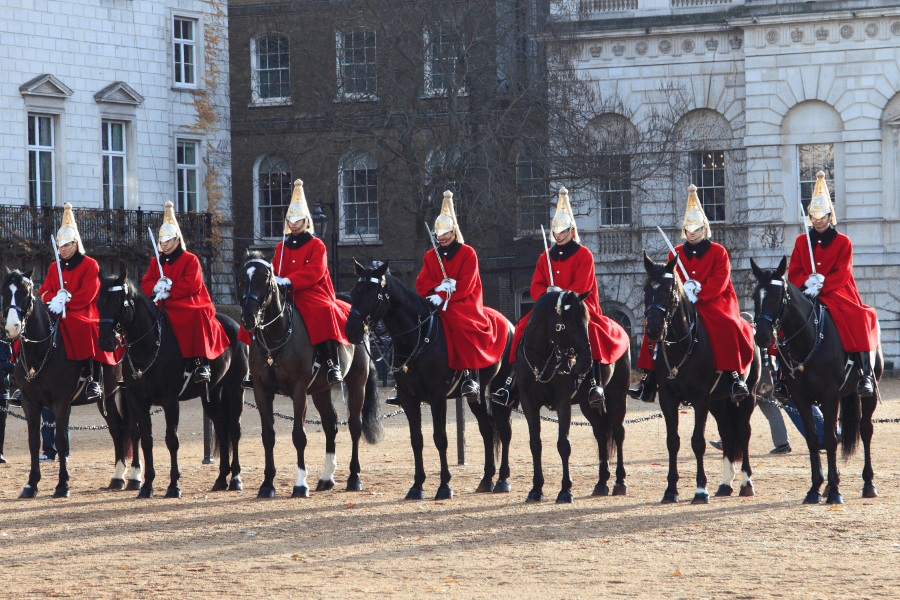
Instantly recognisable behind its imposing gilded black gates, sprawling Buckingham Palace has been the official London residence of English royalty since 1837. The palace itself was built in 1703 for the Duke of Buckingham. King George III purchased the property for his wife Queen Charlotte in 1761, and after 19th-century refurbishments and expansions by John Nash and Edward Blore it became the official seat of the monarchy when Queen Victoria took the throne in 1837. Not trip to London is complete without witnessing the Changing of the Guards ceremony, when the unflappable red-coated guards in their iconic bearskin hats change shifts in a ritual rich with pomp and ceremony. If you’d like to take a look inside the Palace, the grand state rooms within can be visited by the general public when the monarch is absent between July and September.
3. Houses of Parliament
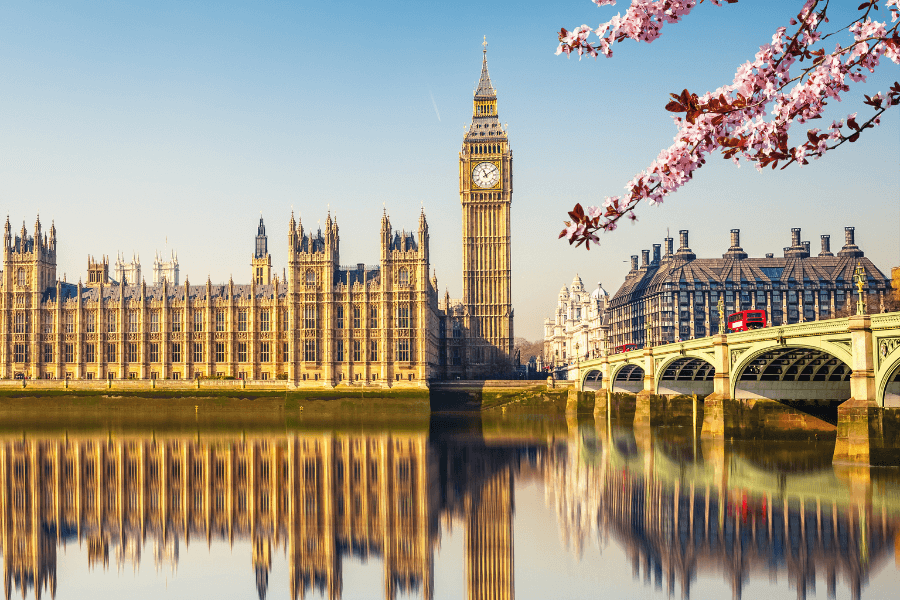
The British Houses of Parliament stand as a historic and iconic symbol of British democracy and governance. Rising over the northern bank of the River Thames, this impressive complex comprises the House of Commons and the House of Lords, where the nation's legislative processes take place. The focal point of the Parliament is the striking neo-Gothic-style Palace of Westminster designed by Charles Barry in the 19th century alongside its majestic clock tower, famously known as Big Ben. The palace’s interior is adorned with intricate architecture, stunning stained glass windows and opulent chambers where debates and deliberations shape the nation's laws. The rich history and political significance of the Houses of Parliament attract countless visitors; bear in mind that the availability of tours and access to specific areas of the Houses of Parliament varies depending on the ongoing parliamentary activities and any security measures in place.
4. Big Ben
There are few sights more quintessentially London than the iconic clock tower of Westminster’s Houses of Parliament. Officially known as the Elizabeth Tower, technically speaking Big Ben refers only to the mammoth 13.7 tonne bell that is housed in the 96-metre tall tower. The most commonly accepted etymology holds that the name refers to Benjamin Hall, the tower’s commissioner of works when it was completed in the year 1859. Another theory ascribes the moniker to the memory of bare-knuckle boxing champion Benjamin Caunt, one of England’s most well-known sporting celebrities during the 1850s. After a major five-year long restoration, the bells of Big Ben are back in action, ringing out every quarter of an hour over the city.
5. Tate Britain
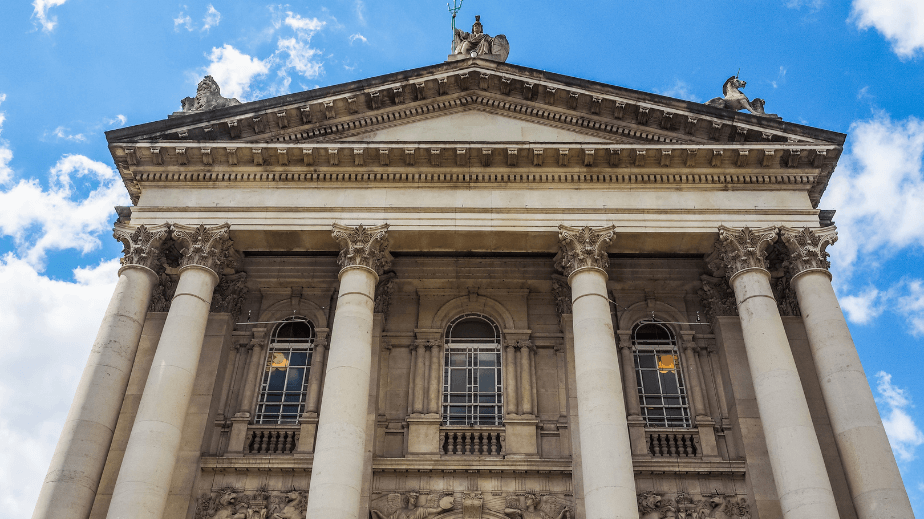
An unmissable stop for art enthusiasts, this august Westminster gallery built on the site of an old prison showcases the best of British painting. Be blown away by the glittering landscapes of proto-impressionist masters JMW Turner and John Constable, gaze on the penetrating portraits of Thomas Gainsborough, and revel in the romanticism and derring-do of the Pre-Raphaelite canvasses by Burne-Jones, Millais and Holman Hunt. 20th-century works from the hands of Francis Bacon, Lucien Freud and Barbara Hepworth continue the story, whilst Turner Prize shortlisted installations grace the gallery each October - offering an insight into the controversial and cutting-edge world of contemporary art.
6. St. James’ Park
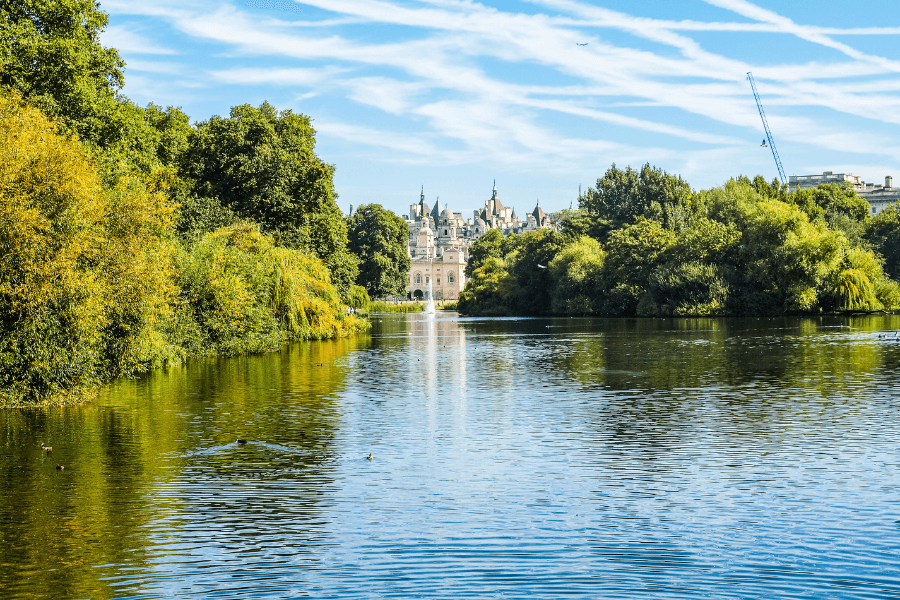
Providing an oasis of greenery and tranquil calm to Londoners since it opened to the public in 1887, St. James’ Park is one of the capital’s most charming green spaces. Walking paths lead through the dense tree cover and around two lakes, where a pod of pelicans provide a dashing touch of exoticism to the scene. Each afternoon at 2.30 you can see park rangers feed the greedy birds near Duck Island cottage, who sluice fish down their massive bills with undisguised glee. St. James’ Park is particularly beautiful in Spring when daffodils and other flowers burst into bloom. In Summer meanwhile, it provides the perfect spot for sunshine lounging during long lunch breaks or alfresco after work drinks.
7. Westminster Cathedral
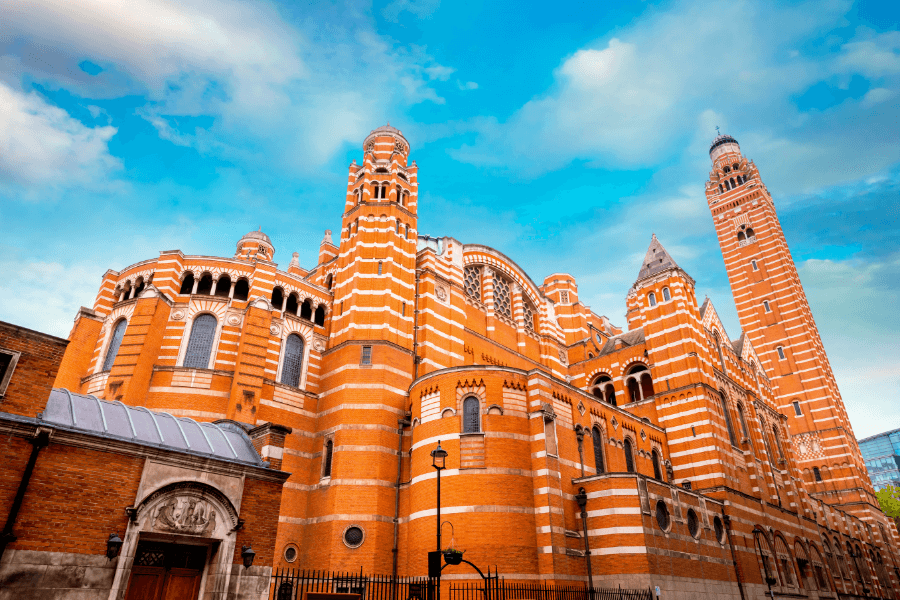
It might be much less famous than the nearby Abbey, but quirky Westminster Cathedral is well worth a visit in its own right. Designed by John Francis Bentley, Westminster Cathedral is the most important Roman Catholic church in England. The church’s distinctive striped-brick facade and multiple turrets recall Byzantine architecture, as do the spectacular modern mosaics that light up the interior. Take the lift up to the top of the 83 metre high bell tower for great views across London, and admire the bas-reliefs depicting the Stations of the Cross by renowned artist Eric Gill dating from 1918 - true masterpieces of modern British sculpture.
8. The Churchill War Rooms
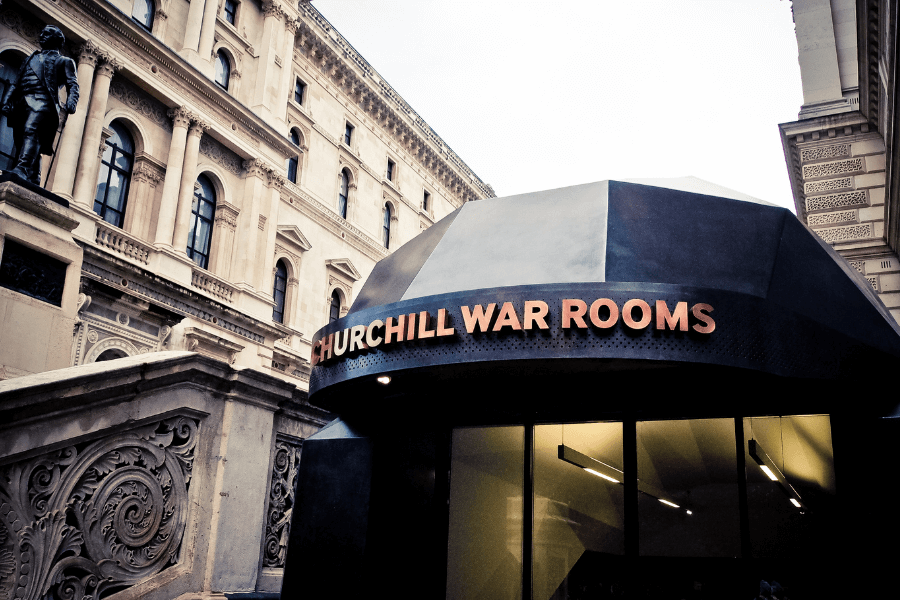
Step back in time to the world at war as you enter the underground centre of operations where British Prime Minister Winston Churchill masterminded the Allied strategy during World War II. Churchill and his cabinet retreated to this underground bunker not far from Downing Street during the dark days of the Blitz, when German bombs rained down on London day and night. The Cabinet War Rooms have hardly changed since they were abandoned for good when the politicians and strategists emerged blinking into the light at the end of the war in 1945, and they provide a fascinating time capsule into one of the darkest - and most fascinating - chapters of the 20th century.
9. Parliament Square
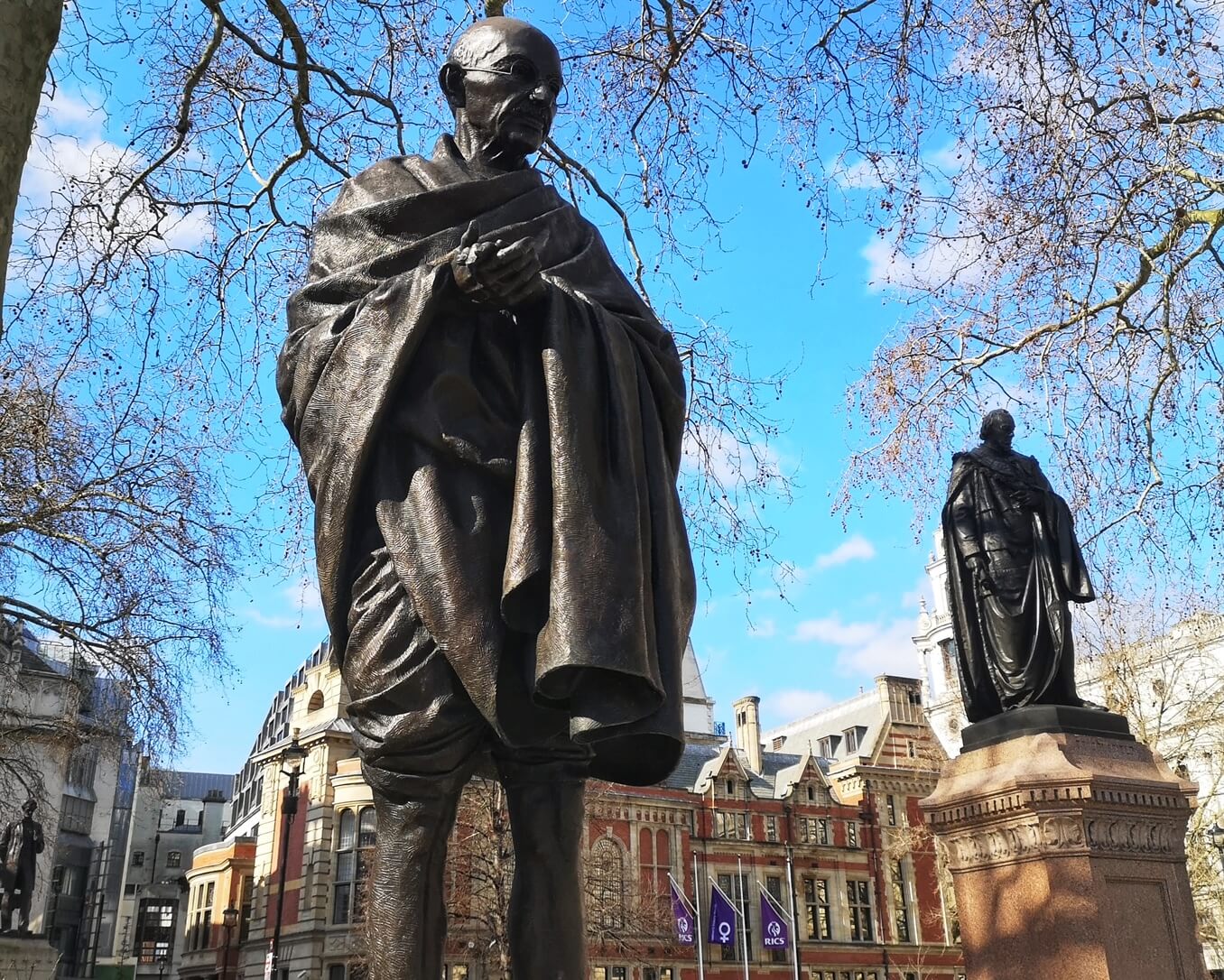
The large open square outside the Palace of Westminster is most famous as the traditional site for public protests and demonstrations in the English capital, carried out in full view of the politicians coming and going from the adjacent Houses of Parliament. You’ll see plenty of big names from British and world history immortalised in the statues dotted around the square, including British prime ministers Winston Churchill and David Lloyd George, American president Abraham Lincoln, civil rights heroes Nelson Mandela and Mahatma Gandhi and suffragette Millicent Fawcett.
10. The Red Lion Pub

No London neighbourhood worth its salt lacks a top-class historic boozer, and Westminster is no exception. For the real Westminster experience the place to go is the Red Lion; thanks to its status as the nearest pub to the Houses of Parliament, an array of politicians, strategists, high-level civil servants and journalists have sunk countless pints of bitter in the Victorian interior. There’s even a bell inside the pub that rings when a vote is about to take place in the Houses of Parliament, giving the boozing MPs time to hotfoot it across the road to do their democratic duty.
11. Green Park
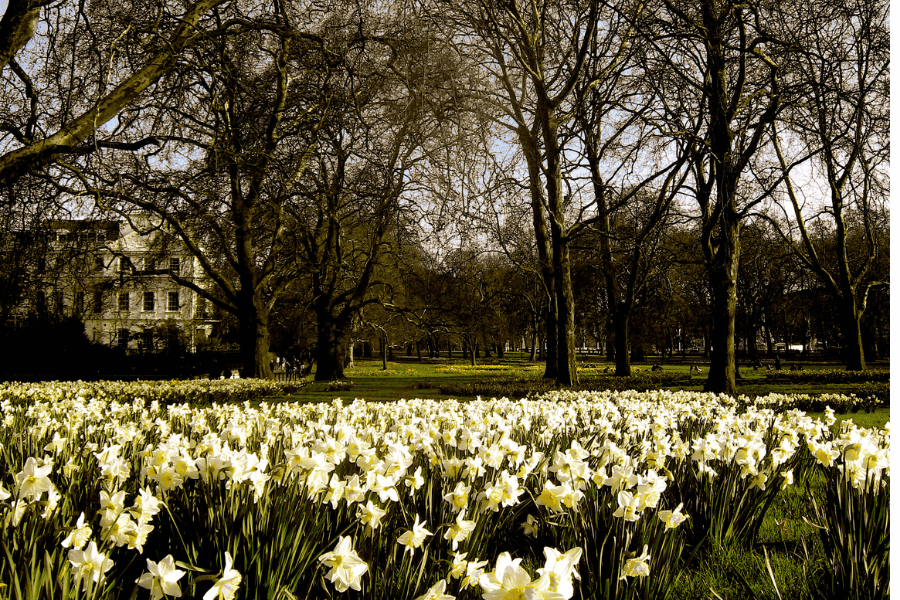
Adjacent to St. James’ Park, Green Park is the smallest of the eight Royal Parks directly run and administered by the Crown. But what it lacks in size it makes up for in character, with rolling lawns shaded by mighty oak trees perfect for picnicking. Unlike the meticulously landscaped St. James’ Park, Green Park features no flower beds. Legend has it that a furious Queen Catherine of Braganza had all the flowers ripped up when she caught her husband King Charles II out picking posies for his mistress. But not even a Queen's jealousy can control nature, and each Spring Green Park is transformed into a sensational riot of colour when daffodils carpet the rolling meadows.
Through Eternity Tours offer a range of expert-led itineraries in London. Explore historic Westminster and see the city through the eyes of a local on our Best of London tour.
